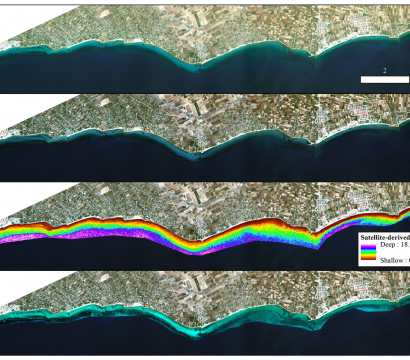Fusing PlanetScope & Sentinel-2 for Daily, High-resolution Leaf Area
Improving crop yields, vigor and health, can be facilitated by better monitoring of the cross-sectional area of vegetation—i.e., Leaf Area Index or LAI. However, measuring LAI on the ground is time consuming and expensive. Sentinel-2, operated by the European Space Agency, publishes a global LAI product; but at 10m resolution and a […]











